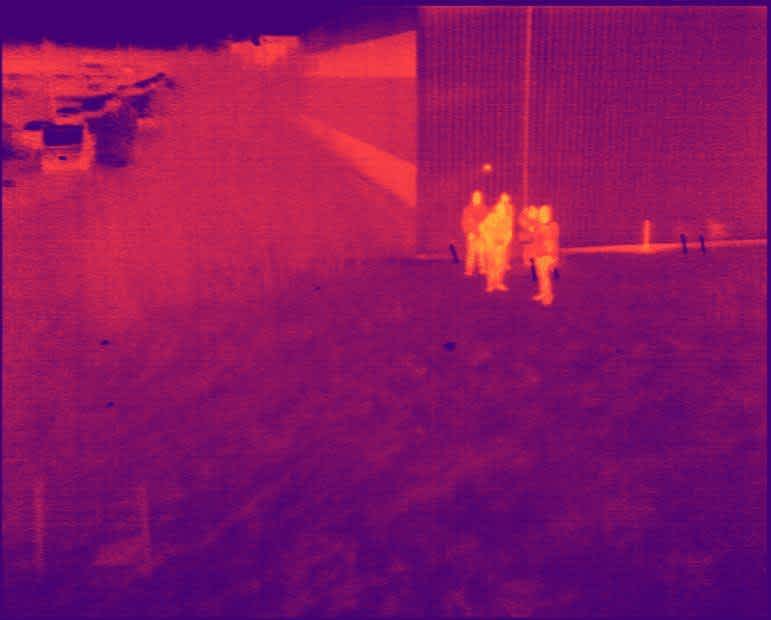
Updated on • 16 Aug 2024
The Future is Firefighting with Drones
Over the past two years we have had many enquiries about the value that a drone could offer to fire fighting. Lets cut to the chase and talk about it. ... Read More
Over the past two years we have had many enquiries about the value that a drone could offer to firefighting. Lets cut to the chase, a small UAV like the DJI Phantom allows for incident management, increases information and efficiencies and ultimately saves lives for little money. So why doesn't every Fire Crew in the world already have a drone to relay both video and thermal back down to ground to allow for quick assessment and management of situations? Confusion arises in the £20-40k industrial drones, blurring the lines against the real value of a £1k drone, offering exactly the same functionality. Return on Investment conversations need to be restarted in the emergency service industry and decision makers need access to true and up to date data to assist in sparking the lower cost UAV market into the commercial sector. This is a new technology that just doesn't have full “buy in” at the senior level. However, the main sticking point is always going to be the grey areas of permissions of usage. Would you need permissions to fly? The rules need to be read differently to allow such exemptions for skilled applied usage of UAV’s for emergency situations (and search and rescue, and policing). I am sure that this will all happen in time, but this is real quick opportunity to apply drones to the emergency response world and start saving lives in the now. The conversation about privacy, and non-proper usage of the vehicle just isn’t the issue here, when applied to an ethical business designed to save lives and assets, but again, sets up a red herring against the real benefits of UAVs, this is a good news story with instant wins.
How can the drone industry help in this fulfilment?
By taking best practise from existing markets such as the film and broadcast world, add the best small sensors and cameras, and add up to date digital first person view. A DJI Phantom, a fistful of batteries, a GoPro, HDMi link and a monitor or iPad is all that’s needed, as the attached videos are testament to. 2k-ish gets you flying and ready for work. Get half a day of professional tuition in flying, maintaining and best practice and you are up and flying safely, and like a pro. Heliguy have a working miniature UAV with mini thermal camera. We have just completed our first successful flights developed specifically for the Phantom. Working with Steve at Tectronik, for the last year to build a small, light and at £4k – cost effective thermal camera. ir4.jpg Thermal Image from Mini Thermal Camera So we are looking at a thermal flying DJI Phantom (or Inspire) for £6k- ish. This is cheaper than most hand held thermals already in use in service. ir6.jpg Another image from the mini thermal camera We wholeheartedly believed that the last thing any fire fighter needed was the complexities that come with bigger UAV, especially when faced with the unknown of an emergency response, small is good, light is good, and reduced expenditure is very good. From our conversations, here is a little synopsis of where we are at in terms of using a drone, within situation management.
First vehicle arrives at scene, and launches pre-flight tested UAV above fire.
The UAV controller, then gleans visual management information about the fire and location, and uses the UAV to organise attending vehicles and crews.
Thermal images are collated and hot spots are found to allow for an organised fire fighting plan.
Public, and firefighters at risk can be monitored and also location managed.
Lights and further sensors could be added to the UAV for indoor work in difficult situations.
For chemical, explosive hazard, or structural issues, the drone could enter a building, or warehouse to assist in evaluation and evacuation reducing the risk to firefighters by offering eyes and ears within the affected zone.
Have a look at this film of a $24m yacht on fire. The firefighters are there, and get ready to address the fire, but the UAV shows the fire from the air, and would have assisted in managing wind directions, and external influences, could the yacht have gas canisters hidden from view behind it that would make the fire even more dangerous? The following video shows a simple £1k Phantom in action. This firefighter had to buy this UAV himself, and take it to work. Maybe this is the only way to progress in the short term, through personal ownership.

written by
James Willoughby
James joined heliguy™ in 2018 following a 13-year stint in print and online journalism, having worked on regional and weekly newspaper titles. He is responsible for spearheading heliguy™'s content strategy and social media delivery. James collaborates with DJI Enterprise's European marketing team to coordinate and produce case studies and helps organise events and webinars.